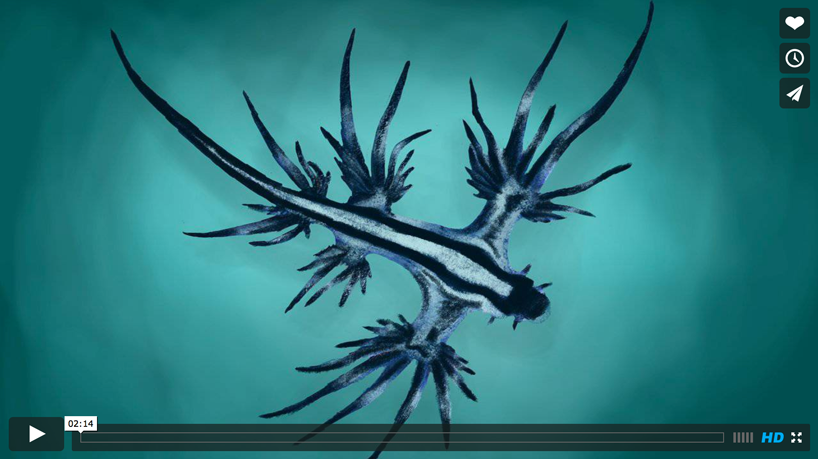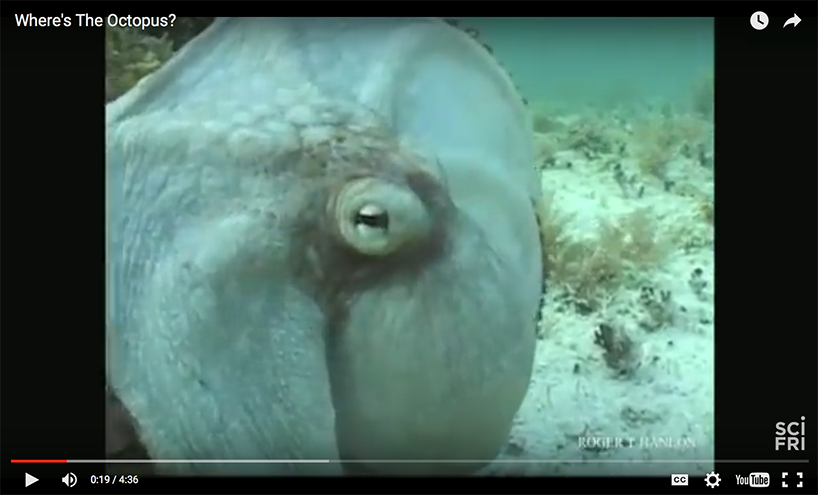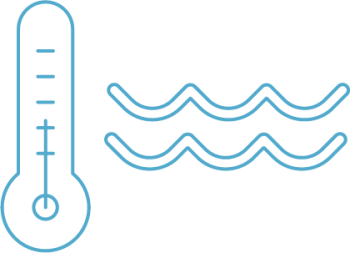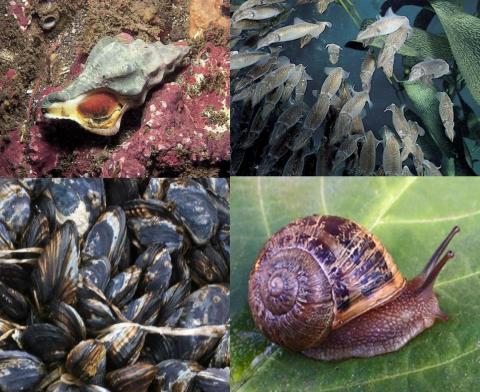Read ARMOR AND SPEED The Survival Game from the Shape of Life Book.
This is a good overview of Molluscs: Ocean Animals – Molluscs from the Missouri Botanical Garden. And more general information from Berkeley: The Mollusca.
Read about bivalves here. Bivalves can be very diverse. And this site has photos of tropical bivalves.
Read about gastropods’ spiny shells: Malacology Monthly: Spines and How to Use Them. And this site has photos of tropical gastropods. The Queen conch is a Caribbean species in decline. The Moon Snail is one of the largest temperate water intertidal snails. Here is some information about the Leafy Hornmouth,
Nudibranchs are shell-less molluscs, also called sea slugs. They are found throughout the world’s oceans but are most numerous in the tropics. Most nudibranchs are very colorful. Here is a gallery of nudibranch pictures. getting their color from the food they eat. Some colorful species have a warning coloration: colors and patterns that advertise that they’re poisonous or taste nasty.
Nudibranchs are carnivores, preying on sponges, anemones, corals, and even other nudibranchs. Read about color in nudibranchs. This site publishes a photo a week of sea slugs as well as other interesting information about nudibranchs.
Cephalopods include octopus, squid, cuttlefish, and nautilus. Try this activity from Science Friday called Jet-Setting Cephalopods.
Cephalopods all have chromatophores, organs with pigment cells that the animals’ control with muscles, and use for camouflage and communication. The animals can rapidly change the color patterns on their bodies. The patterns are created by the expansion and retraction of chromatophores.
Read about how cephalopods, especially cuttlefish communicate.
























